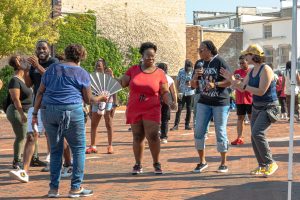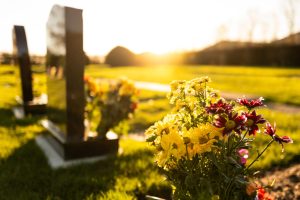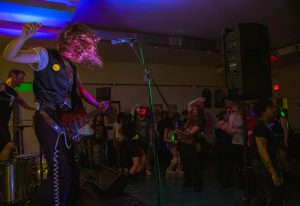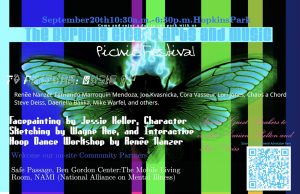Counseling for incest victims
January 29, 1990
Victims of incest who feel alone and have nowhere to turn will soon have the opportunity to get help.
The Counseling Services at the Student Development Center is offering a program to aid incest victims through the use of group therapy. The incest survivors group is for women only and is tentatively planned to start early next month.
“Women who are victims of incest may feel isolated and alone,” said Anna Beth Paine, an associate director at the Student Development Center.
“This sort of a group is important for this campus because it (college) is a time when women are getting more involved in intimate relationships, and a victim of incest often has a poor time dealing with male/female relationships,” Paine said.
“Incest is not necessarily rape,” she said.
Incest can involve anything ranging from an adult parading around naked to fondling or observation of the child in a sexual manner to sexual activities, Paine said.
“The group is for women to say ‘Look, I experienced this’; it is for women who have been sexually abused by an adult or parent as children,” she said.
According to a definition by Diana Russel, author of “Secret Trauma, Incest in the Lives of Girls and Women,” incest involves any kind of exploited sexual contact between family members, Paine said.
She said the group will be on-going, meaning people who want to continue in the group can, and if others want to stop coming, then other women can join.
Paine said she is trying to limit the number of members to eight at any one time.
Author Suzanne Segroi, “Handbook of Clinical Intervention of Sexual Abuse,” said the important thing to remember about incest is that it involves familial relationships.
Incest can produce variable effects on women who have been abused, Paine said.
The effects can encompass anything from a sense of not being “okay,” to the woman feeling something is wrong with her, a feeling of low self-esteem, depression, or having a difficult time in relationships and not wanting to be touched, she said.
Although the majority of abusers are men, not all of them are, there are cases of women being abusers, Paine said.
The male abuser is not necessarily the father, but might be stepfathers, uncles, brothers or cousins as well, she said, and added the majority of research on incest involves female victims and male abusers.
“There are things we just don’t know,” Paine said. Male victims of incest are beginning to be researched. Research on women evolved as a part of feminist movements.
Using a study of age at onset, or when the abuse started, Russel states 11 percent of the victims of incest were abused before the age of 5.
Nineteen percent of the abuse occurred between the ages of 6 and 9, 41 percent between the ages of 10 and 13 and 29 percent occurred between the ages of 14 and 17, Paine said.
“Survivors have an enormous amount of strength, but they can’t recognize it. They are capable of taking care of themselves,” she said.
“If someone experienced it, they found ways of handling it. We help them recognize those strengths,” Paine said.
The group is tentatively planned to meet from 4 p.m. to 5:30 p.m. on Tuesdays, but if there are women unable to meet at that time, it might be possible to set up another time, she said.






